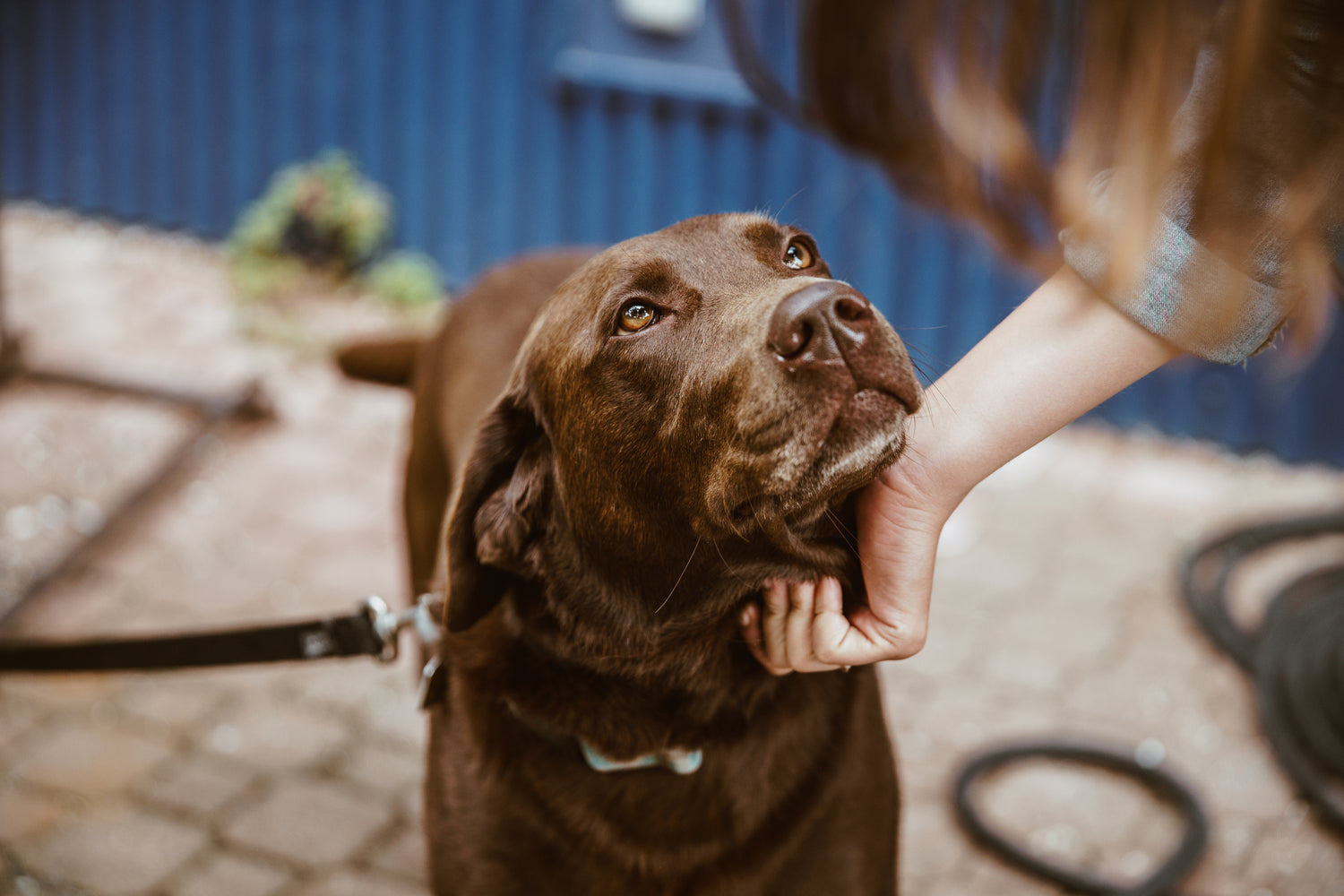Does My Dog Have Hip Dysplasia?
What Should I Do?

Hip dysplasia varies in severity. To the layperson, describing hip dysplasia in stages of severity keeps it clear and simple for everyone to understand:
However, you may have received a grading from your vet or veterinary orthopaedic specialist, which is a little more technical.
Beyond grading systems for diagnosis, there are also hip dysplasia scoring systems to check that it’s responsible to breed from a specific dog.
The BVA scoring system was developed because the BVA are active in trying to eliminate, as far as possible, hip dysplasia as a product of genetics/irresponsible breeding. Obviously environmental factors, such as inappropriate puppy nutrition, hormonal factors, and overexercising, are less controllable.
Your vet can send your dog’s x-rays to the BVA Hip Dysplasia Scheme for them to be assessed by ‘scrutineers’, a panel of expert veterinary surgeons who work in pairs. They will then give the hips a score.
There are matrices online which help translate scores from one particular system to another.
It’s better for both hips to have a similar, lower score. Hip dysplasia even in one hip can cause problems for a dog.

If you’ve noticed signs of hip dysplasia in your dog, your dog will need to see a vet. Hip dysplasia is diagnosed by a vet.
Initially a physical examination will be done by the vet. The Ortolani Test might be employed, which is an accurate manual method of diagnosing developmental hip dysplasia. Diagnostic imagery may be used to determine the extent and severity of the hip dysplasia. Your vet might recommend an X-Ray, CT scan or an MRI. This is to get more complete information about the hip joint and relevant soft tissues, tendons, ligaments and muscles. These take place under sedation or anaesthetic. Understand more about hip dysplasia here:
Hip Dysplasia in Your Dog - A Guide

Dog hip dysplasia is a condition where a dog’s hip joint becomes unstable. This can cause, or be caused by, poor bone conformation - the ball of the femur might be misshapen, the socket of the hip joint is too shallow, or both at the same time. Hip joint ligaments will also likely be too lax, so aren’t providing the necessary stabilisation. The thigh bone (femur) isn’t held securely in the hip socket (acetabulum) and so moves about excessively. This movement also means it might be rubbing the surface of the hip socket in the wrong place, causing damage and degeneration of the joint cartilage (accelerated wear and tear). Bone fragments can also chip away from the bone. Bone will be rubbing against bone, causing a lot of pain and eventually osteoarthritis.
The condition develops for a variety of reasons. Some breeds of dogs are more genetically vulnerable; however, it’s possible for dogs of any breed or age to develop it. It’s known as a ‘multifactorial’ disease i.e. there can be any number of reasons why a dog suffers from it, which aren’t necessarily genetic. Sometimes a dog, who has two parents who’ve been cleared of any signs of the disease through diagnostic imaging, can develop it because of environmental factors. This is the multifactorial element. Certain lifestyle habits can be adopted in order to try and avoid the disease, minimise the severity with which it occurs, or slow it once it’s begun.
However, sometimes preventing hip dysplasia in dogs is impossible, whatever strict precautions are taken. Whether or not it develops isn’t 100% under an owner’s control, however careful and rigorous they are about taking steps to prevent it.
It’s also worth understanding that hip dysplasia in puppies isn’t uncommon. Puppies as young as 4 months old can be diagnosed with it. Mid-life is often the other time dogs get diagnosed. This is because the osteoarthritis that’s developed as a secondary condition, makes it obvious there are hip joint issues.
Dog hip dysplasia is incurable unfortunately. However, treatment for hip dysplasia in dogs can often be effective in alleviating the symptoms.
Hip Dysplasia in Your Dog - A Guide

Once your dog’s been diagnosed with hip dysplasia, and got a grading, you and your vet/veterinarian orthopaedic specialist can devise a treatment plan for hip dysplasia which will best suit your dog’s needs. This may involve surgery, or conservative management (e.g. weight control, hip dysplasia braces for dogs, or physiotherapy / hydrotherapy) might be preferable. A hip dysplasia grading gives more specific parameters, from within which it’s easier to design the right treatment for hip dysplasia for your dog.
Different countries use different grading systems. There are also hip dysplasia scoring schemes which are very useful if you’re thinking of responsibly breeding from a particular dog but want to check that they won’t be passing down a predisposition towards hip (or elbow) dysplasia. These scoring schemes are voluntary.
What Should I Do?
What Are The First Signs of Hip Dysplasia In Dogs?
What Are The Different Levels of Hip Dysplasia in My Dog?
What Should I Do?
What Should I Do?
For Hip Dysplasia For A Dog?
What Should I Do?
My Dog Has Very Bad Arthritis In His Hips. What Should I Do?
What Happens, Is It Successful, What I Should Know?
My Dog Is Too Old / Too Risky For Hip Dysplasia Surgery. What Are The Non-Surgical Options?
Can Physiotherapy and Hydrotherapy Help my Dog with Hip Dysplasia?
My Elderly Labrador has Hind Leg Hip Weakness. Does He Have Hip Dysplasia?
I Have a 13-year-old Border Collie with Hip Dysplasia in his Rear Right Hip. What Should I Do?
with Hip Dysplasia

We can help find the right solution for your dog
Feel free to give us a call on 01730 622544
or email us at woof@zoomadog.co.uk
Leave a comment